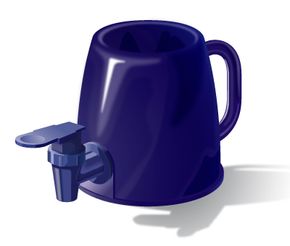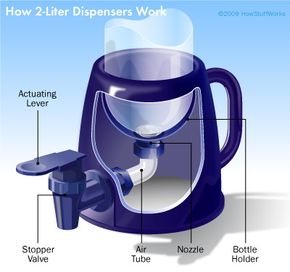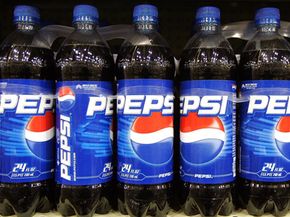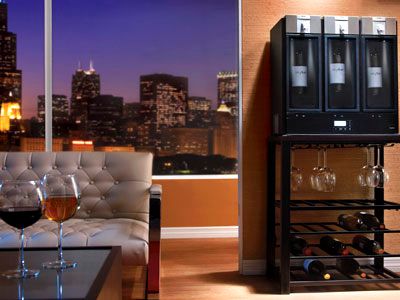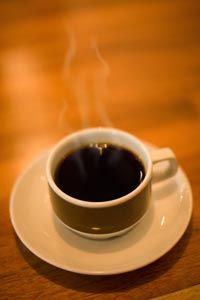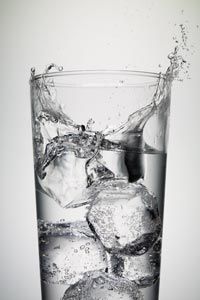Depending on where you live you might call it soda, soda pop, pop, Coke or tonic. But no matter what it's called, we all fight the same fight: us versus flat soda.
In the late 1700s, English chemist Joseph Priestley invented soda water; in 1892, William Painter figured out how to keep the beverage fizzy until the consumer popped the bottle top; and today, the world is still hooked on carbonated soda. Soda is sold around the world in cans and plastic or glass bottles. The first lightweight, recyclable, plastic two-liter bottle was introduced by Pepsi in 1970 and remains one of the more popular sized packages today. Each year, soda companies make more than 52 gallons (196 liters) of carbonated beverages per person. Yes, that's 52 gallons of soda for you to drink just in a year. Sound hard to pull off? It's not; in 1998, Americans drank more than 56 gallons (211 liters) of soda per person. Fifty-two gallons is equal to drinking one and a half cans -- 18 ounces (0.5 liters) -- a day [sources: Centers for Science in the Public Interest and Yale University Rudd Center for Food Policy and Obesity.] Companies spend an estimated $700 million advertising soft drinks annually, plus millions more on other promotions such as deals with celebrities, contracts to sell in schools and price discounts [source: Center for Science in the Public Interest].
Advertisement
That's a super-sized industry for something essentially made of water, syrup and dissolved carbon-dioxide gas, which is what makes soda bubbly. Basically when soda is bottled, it's pressurized from the gas. When you open a bottle (or can) of soda you release the pressure that's been keeping the gas in its dissolved state. The dissolved carbon-dioxide gas at the top of the bottle is released -- you hear a hissing noise as the mixture depressurizes -- and you pour yourself a fizzy drink. Once you've depressurized your soda, it's only a matter of time before your remaining soda goes flat.
The invention of two-liter bottle dispensers may change that. Two-liter dispensers come in two basic styles: a bottled soda dispenser with a mounting stand and a lever, and a pressurized beverage dispenser with a soda siphon style cap and straw that goes into the two-liter bottle. Both are designed to make pouring soda easier while keeping soda carbonated.
Advertisement
